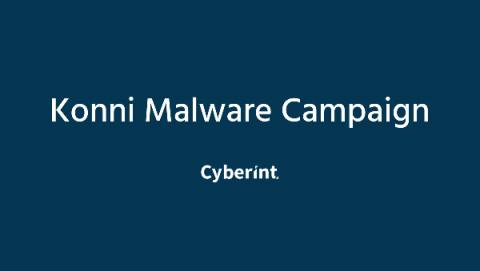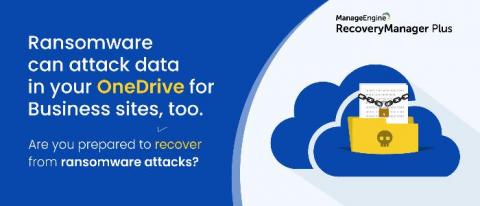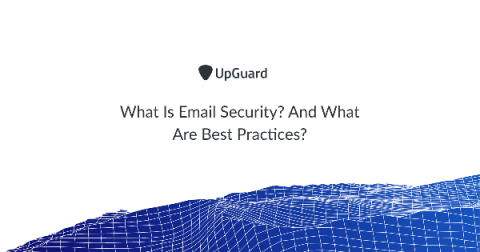Now Is the Time to Get up to Speed with CMMC and SP 800-171 Rev 2
At the beginning of March 2020, Fifth Domain reported that Colorado-based aerospace, automotive and industrial parts manufacturer Visser Precision LLC had suffered a DoppelPaymer ransomware infection. Those behind this attack ultimately published information stolen from some of Visser’s customers. Those organizations included defense contractors Lockheed Martin, General Dynamics, Boeing and SpaceX.






